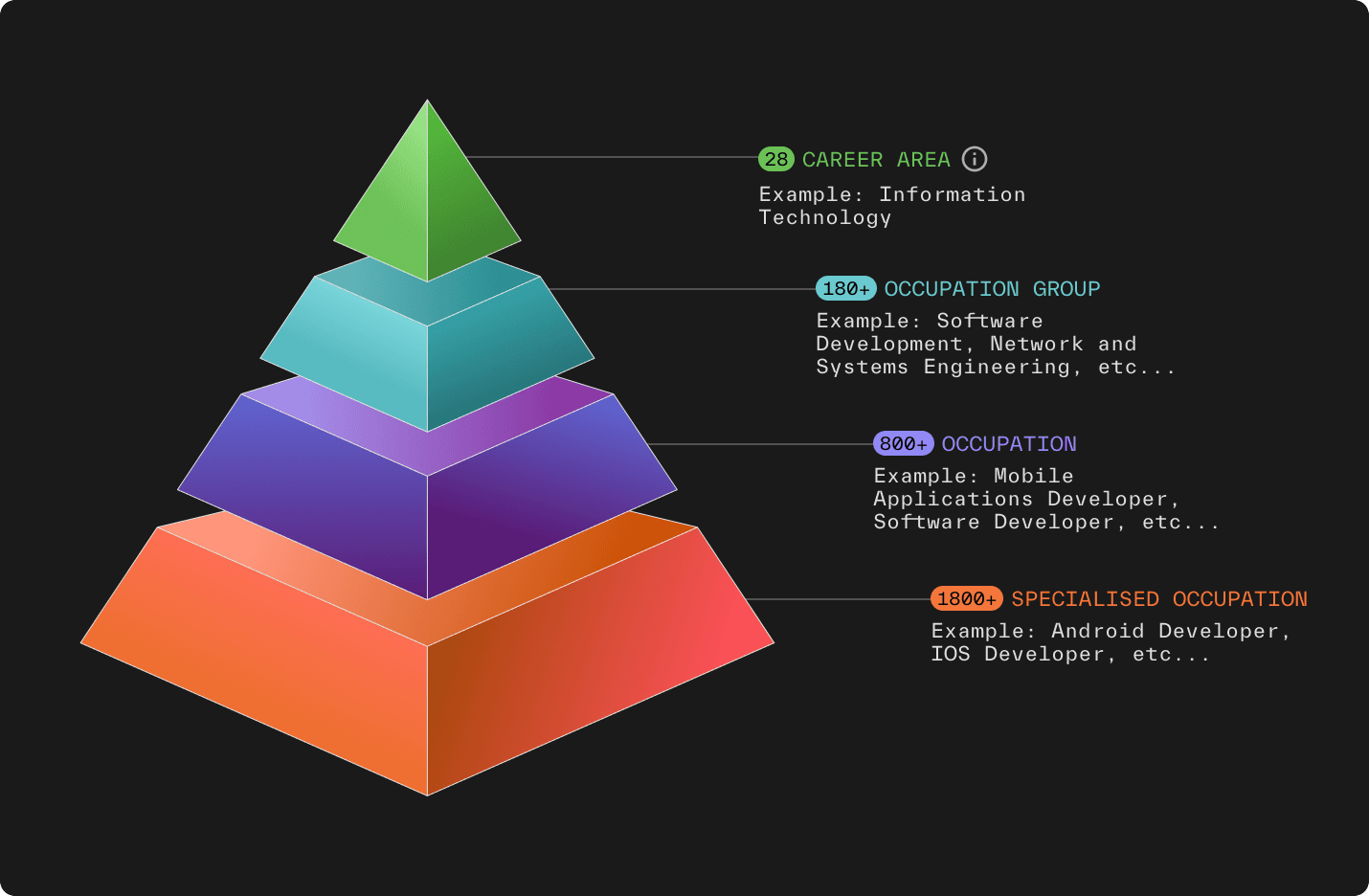Lightcast Occupations Taxonomy
You've made too many rapid or repeated requests. Please confirm that you're not a robot
Search for Occupations ...
Research Technician
Occupation
About
A Research Technician provides technical support to a research program or project. Responsibilities typically include preparing laboratory materials, operating scientific equipment, performing experiments, collecting and recording data, and ensuring compliance with laboratory safety standards. Works in a variety of fields within science or the social sciences, in programs based at a university or research institution, or works on government or industry sponsored research projects. Conducts field or library research or recruits participants for a study; may also assist with legal research. These roles typically have training in laboratory techniques and may hold relevant degrees or certifications to applicable fields.
Career Area
Science and Research
Occupation Group
General Research
Occupation
Researcher / Research Associate
Specialized Occupation
Research Technician
Unique Occupation ID
33131217
Version
7.5.0
Related Occupations
(How does Lightcast define an occupation?)Browse the most common related occupations, based on the last 5 months of job postings data
Lightcast Occupation Taxonomy
The Lightcast Occupation Taxonomy (LOT) is an advanced framework developed to classify and organize occupations with high precision and relevance to real-world labor market data. With over 1,800 specialized occupations in its library, it is designed to address the evolving nature of job roles captured from postings and professional profiles.
As we move up in the hierarchy, subsections are exclusive to their associated category. In other words, each specialized occupation is unique to its occupation, each occupation is unique to its occupation group, and each occupation group is unique to its career area. This prevents duplicate or overlapping data when analyzing more than one occupation.
The LOT uses a proprietary classification system of four different levels: career areas, occupation groups, occupations, and specialized occupations.
As we move up in the hierarchy, subsections are exclusive to their associated category. In other words, each specialized occupation is unique to its occupation, each occupation is unique to its occupation group, and each occupation group is unique to its career area. This prevents duplicate or overlapping data when analyzing more than one occupation.
The LOT uses a proprietary classification system of four different levels: career areas, occupation groups, occupations, and specialized occupations.

Browse Occupation Categories
This occupation is part of the Lightcast Occupations Taxonomy, a library of over 1,800 job occupation categories. It is the standard used by higher education institutions, public sector organizations and Fortune 500 companies around the globe.